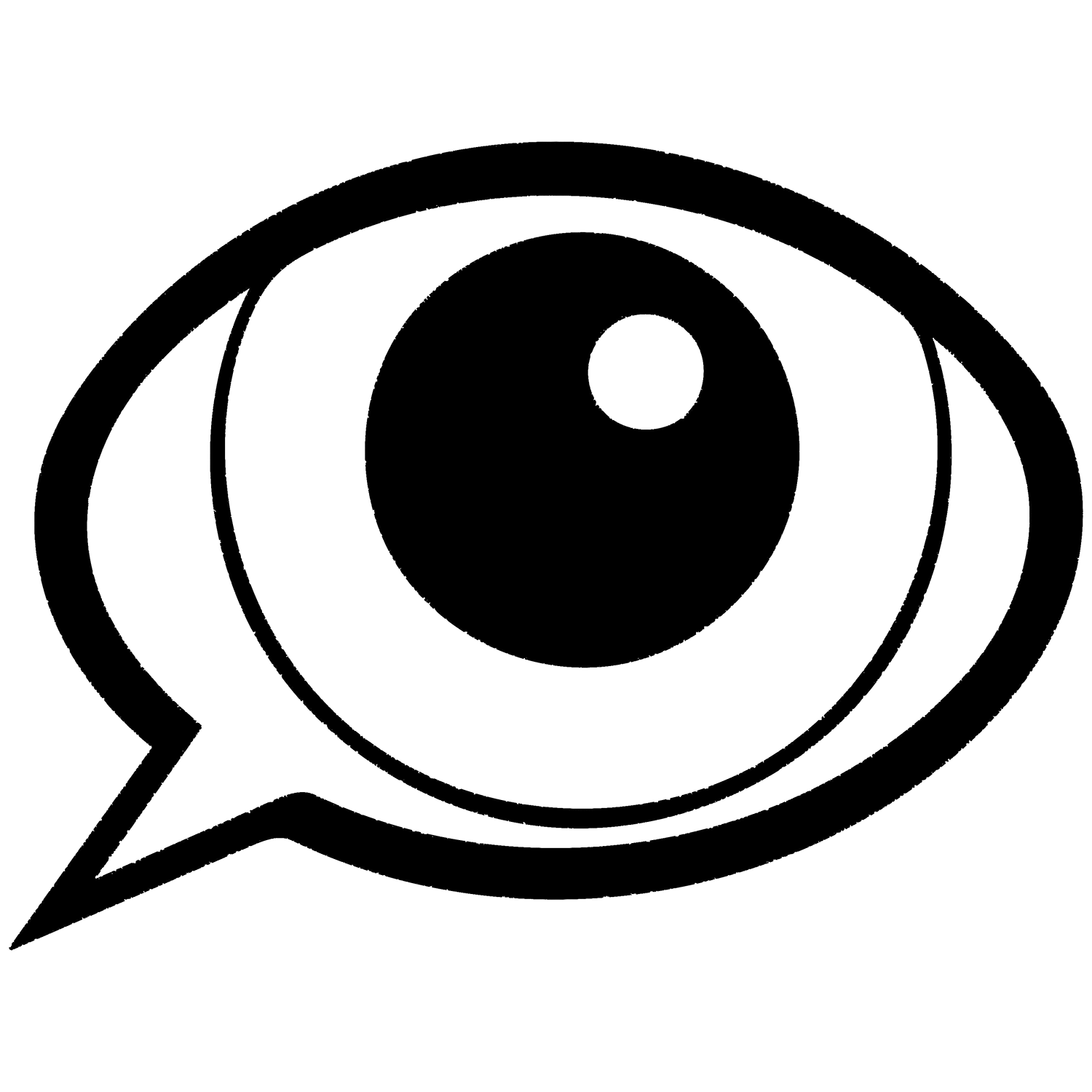Mysterious Empty Room In The Style Of...
Like almost everyone in the creative visual space right now, I’ve found myself trying to wrap my mind around the wave of Ai and figure out what it will mean for me professionally. I’ve been experimenting with a lot of the tools and I find that I’m most interested in what Ai can’t do well (yet).
As far as image generation there are a lot of telltale signs that an image is possibly Ai. Ai still regularly struggles with creating realistic human hands. It’s also funny with doors. Not really the shape, sometimes the scale, and often it creates multiple doors right next to each other like bathroom stall doors.
Mysterious Room In The Style Of Tim Burton
I’m regularly doing experiments to try to develop some best practices and figure out the differences between each generator. Today I spent some time trying out Photosonic, the visual generator attached to Writesonic to see what its capabilities might be for making background plates that I might be able to composite other photos onto in Adobe Photoshop.
My experiment today was to “create a mysterious room with no people in the style of…” I used several famous directors’ names in the prompt to attempt to get the Ai to emulate their visual style. A few of the first ones were really good, so I decided to keep the prompt exactly the same, however after doing dozens I realized some limitations to this. For example, the last 4 images are Empty Rooms in the style of Wes Anderson, but the first ones didn’t really feel very Wes Anderson because they were too moody. So I removed the word “mysterious” and the results were pretty classic Wes Anderson. Those two are the brightly colored images at the end of the gallery.
Some of my other quick observations are that all for all three of the female directors I chose, the generator added female figures. It did for a few of the males as well, but the females were interesting because I did it for all of them. The Sophia Coppola pictures were excellent for their tone, but wild that one of them has multiple women in it and in the other, the character it made is staring right into the lens like it is taunting to for trying to make an empty space.
The Chloe Zhao images are also interesting in a bit of a bizarre way. I found the scale of the figures wild and check out the hands of the larger one in the foreground. She has fingers for feet, or maybe they are hot dogs. I’m not sure, but they aren’t really feet.
Also, check the Ryan Coogler images. WTF?! Both of them have figures that seem to be amputees. It knew that his films address the black community, but I really can’t wrap my head around the results. Bizarre right? Do you have any idea why these are so crazy compared to the others?
In the Mel Gibson, Sylvester Stallone and Charlie Chaplin versions a really interesting thing happened; the Ai made a character that looked like each director. The first two directors’ images don’t feel like their films. The Mel Gibson images are semi-anonymous because he has his back to you, but it is clearly attempting an interpretation of Gibson. It is probably more successful than the Stallone images because of the anonymity. But one of the Stallone images has the character facing the camera and the generation is so bad, he looks a bit like Stallone at the end of Rocky II. However, the rooms he is in feel more like scenes from an Ayn Rand novel. The Chaplin one works well, with the exception that the goal was to make a room with no people. The silhouette of Chaplin with his trademark hat looks good and the other of him hiding in the closet is pretty funny, so that also seems like a bit of a win.
There are some pretty good interpretations, but the two directors that I think it did really well with were George Lucas and James Cameron. The Lucas images has an excellent sense of scale. The rooms look huge and the grided lights have a very Death Star vibe. For the Cameron photos I think the color scheme is really great for him. Generally, it handles light really well. The light looks very cinematic, even though not always natural.
I’ve got a lot of other angles to approach this. My goal wasn’t to make perfect Ai scenes but to try to figure out ways the Ai might fail so I can approach future projects with some experience that might lead me to a fundamental understanding of how to get the most out of the program.
Do you have a favorite of these scenes? What worked and what didn’t? Do you have any Ai projects? I’d love to see what you’ve made.






